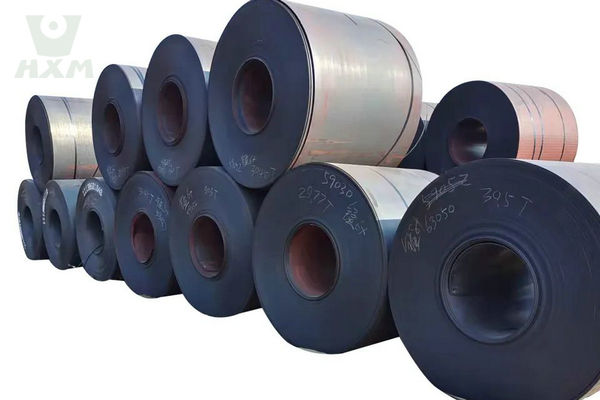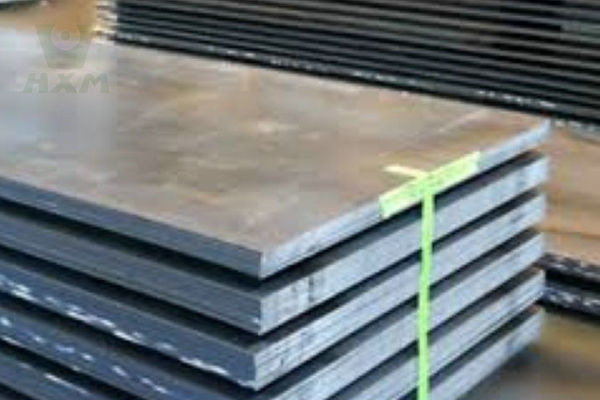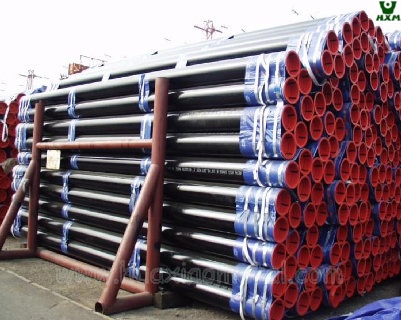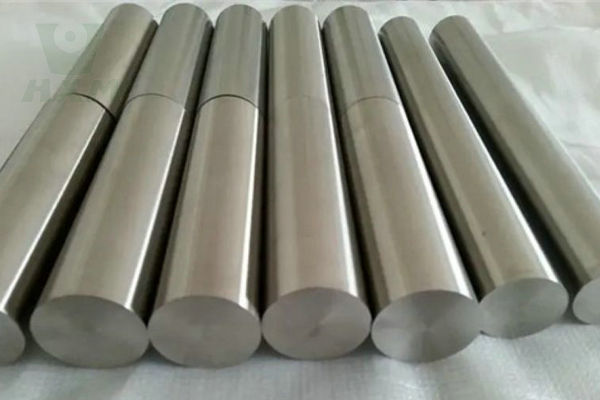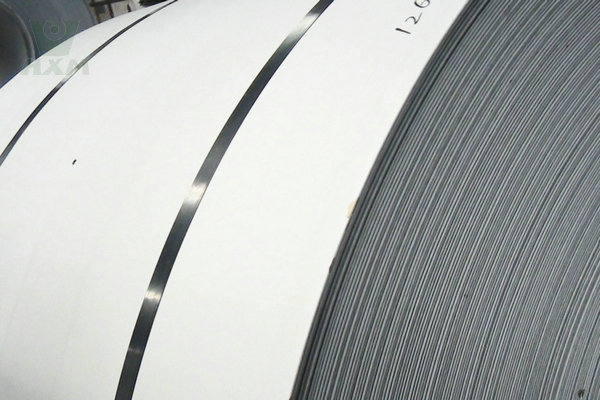In the field of knife and tool manufacturing, 1095 steel and 1075 steel are two commonly used high-carbon steel materials. Although their names are similar and both belong to the category of high-carbon steel, there are significant differences in composition, performance, cost, and weldability. This article will explore the characteristics of these two steel in depth to help manufacturers who want to choose 1095 and 1075 steel to make knives and tools have a clear reference value.
What is 1095 Carbon Steel?
1095 steel is a high carbon steel containing approximately 0.95% carbon. It is renowned for its excellent hardness and ability to hold an edge and is often used in the manufacture of high-performance knives and tools.
What is 1075 Carbon Steel?
1075 steel contains about 0.75% carbon and is slightly less hard than 1095, but still has good strength and toughness, making it suitable for applications that require a certain degree of flexibility.
What is the Difference Between 1095 vs 1075 Steel?
The primary difference between 1075 and 1095 carbon steel lies in their carbon content, which significantly impacts their hardness, toughness, and overall suitability for various applications. Here’s a detailed comparison:
Chemical Compositions of 1095 vs 1075 Steel
Element | 1095 Steel | 1075 Steel |
|---|---|---|
C | 0.95% | 0.75% |
Mn | 0.30% – 0.50% | 0.60% – 0.90% |
P | ≤0.04% | ≤0.04% |
S | ≤0.05% | ≤0.05% |
Performance Comparison of 1095 vs 1075 Steel
Hardness:
1095 steel: After proper heat treatment, it can reach very high hardness (usually between 58-65 HRC), making it excellent in retaining sharpness.
1075 steel: The hardness is usually between 55-60 HRC, suitable for applications that require toughness, such as certain types of knives.
Wear Resistance:
1095 steel: Due to its high carbon content, it has excellent wear resistance and is suitable for cutting tools and other high-wear environments.
1075 steel: It has relatively low wear resistance, but in some applications, its toughness makes it more resistant to impact.
Processability:
1095 steel: It is difficult to process, and the heat treatment process requires precise control to prevent the material from being too hard or brittle.
1075 steel: It is relatively easy to process and is suitable for a variety of forming and heat treatment methods.
Applications of 1095 vs 1075 Steel
1095 steel:
High-performance knives, outdoor tools, and razors.
Cutting tools for military and industrial use.
1075 steel:
Suitable for knives, swords, tools, and small mechanical parts.
Suitable for applications requiring a certain strength and toughness.
Cost of 1095 vs 1075 Steel
1095 steel: Usually more expensive due to its high carbon content and the complex heat treatment process required, suitable for the high-end market.
1075 steel: Lower cost, suitable for mass production and cost-sensitive applications, with high-cost performance.
The specific price is affected by the market, quantity, etc., and the prices given by different carbon steel manufacturers are also different. Please contact us for the most accurate price.
Welding Performance of 1095 vs 1075 Steel
1095 steel: Poor weldability, because its high carbon content is prone to brittleness during welding, so special welding technology and preheating measures are required.
1075 steel: Relatively good weldability, suitable for conventional welding methods. Its toughness makes it more able to withstand stress after welding and reduces the risk of cracks.
Is 1095 Carbon Steel better than 1075 Carbon Steel?
1095 steel and 1075 steel each have their characteristics and are suitable for different application needs.
1095 steel has excellent hardness and wear resistance due to its high carbon content, making it the best choice for high-performance knives and cutting tools.
On the other hand, 1075 steel excels in toughness and weldability, making it more suitable for applications that require impact or welding.
Choosing the right material should be based on specific usage scenarios and requirements to ensure the best performance and results. Whether it is a knife that pursues sharpness or a tool that requires durability, understanding the characteristics of these two steels will help you make the right decision.
In Conclusion:
1095 steel and 1075 steel each have their own advantages and are suitable for different application scenarios. 1095 steel is suitable for high-performance knives due to its excellent hardness and wear resistance, while 1075 steel is suitable for a variety of tools and mechanical parts due to its good toughness, weldability and economy. It is very important to choose the right material and supplier according to specific needs.

